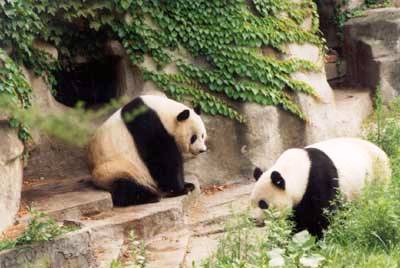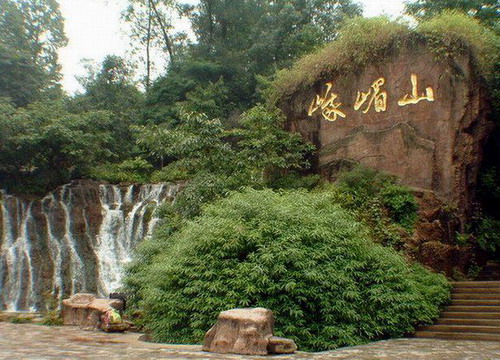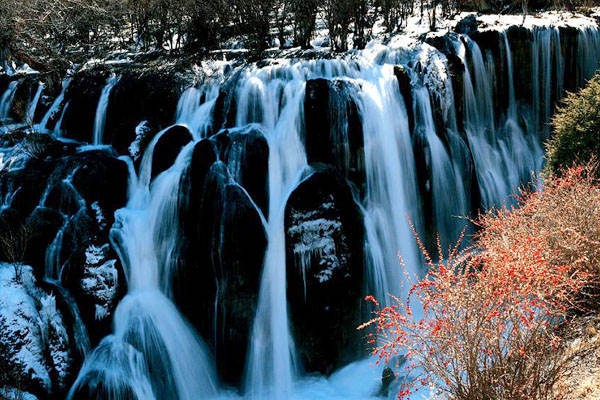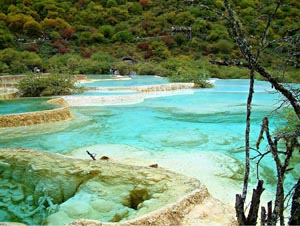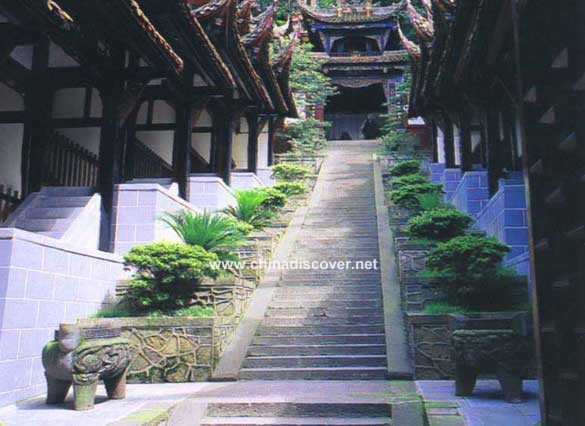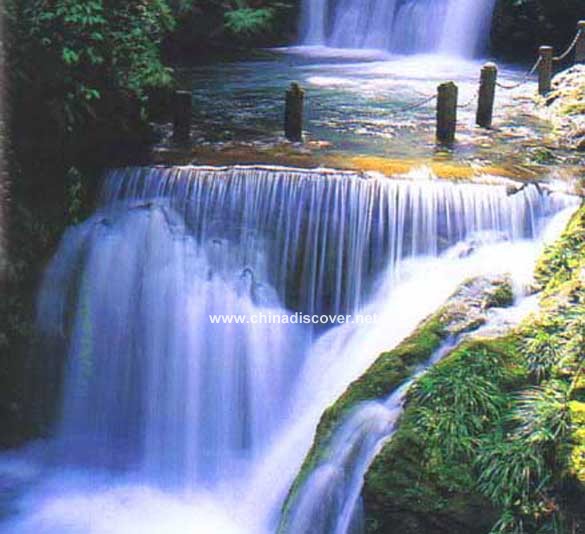Dujiangyan
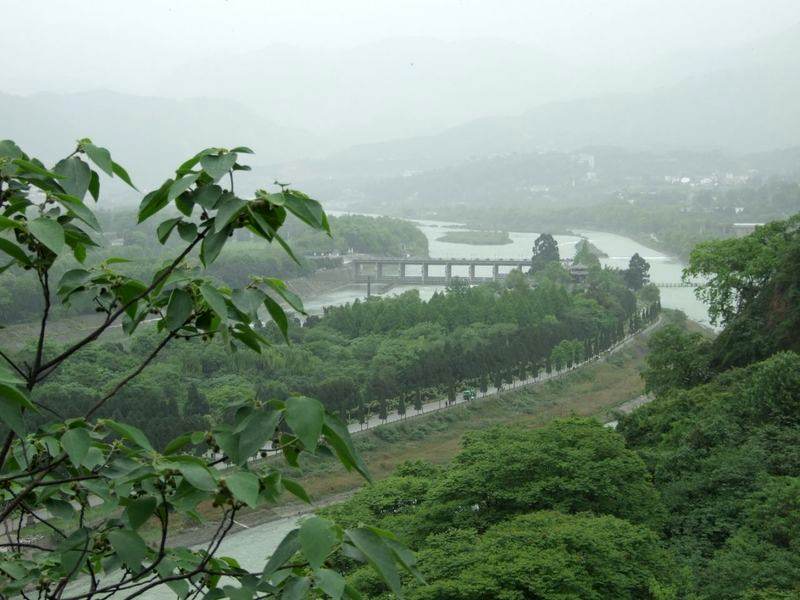
Overview
On the edge of Guan County is Dujiangyan, one of China's earliest irrigation systems. Begun over 2,200 years ago by Li Bing and his son, the system irrigates the area around the Minjiang River and has been continually expanded. It's still in use today, though with modern equipment instead of stones and bamboo.
Know more
Dating back the Warring States period( around 2,300 years ago), people lived along the banks of the Min River were plagued by annual flooding. Qin governor Li Bing investigated the problem and discovered that the river was swelled by the fast flowing spring melt-water from local mountains that burst the banks when it reached the slow moving then heavily silted stretch below.
Solution would have been to build a dam but Li Bing changed with keeping the waterway open for military vessels to supply troops on the frontier, he also preposed to construct an artificial levee to redirect a portion of the river's flow and then to cut a channel through Mount Yulei to discharge the excess water upon the dry Chengdu Plain beyond.
Almost 100,000 taels of silver were received for the project from King Zhao of Qin and set to work with a team said to number tens of thousands. The levee was constructed from long sausage-shaped baskets of woven bamboo filled with stones known as Zhulong held in place by wooden tripods known as Macha. To complete this massive construction took four years.
Due to Cutting the channel proved to be a far greater problem as the tools available to him at the time, prior to the invention of gunpowder, were unable to penetrate the hard rock of the mountain, Li Bing used a combination of fire heating and water cooling the rock until they cracked and could be removed. Eight years later, a 20 m wide channel had been gouged through the mountain.
Today, Dujiangyan has become a major tourist attraction around Chengdu. Has one ingenious featureIt, it also admirates scientists all over the world. Unlike contemporary dams where the water is blocked with a huge wall, Dujiangyan still lets water go through naturally. In 2000, Dujiangyan became one of the UNESCO World Heritage Sites.
Must see
